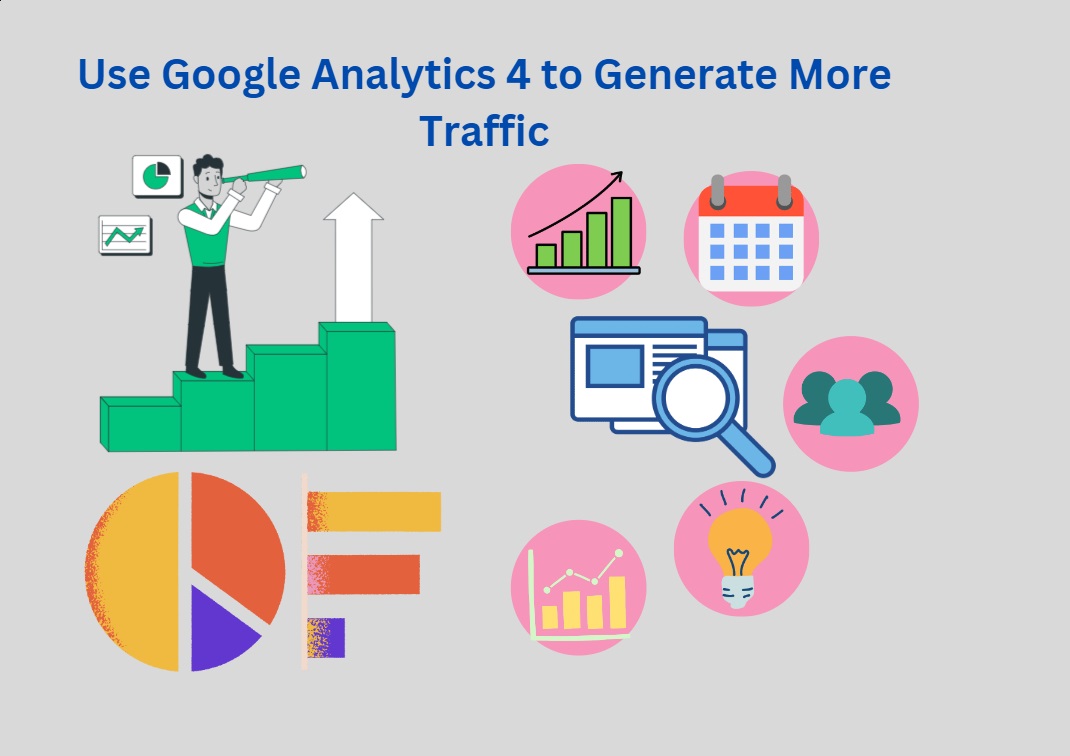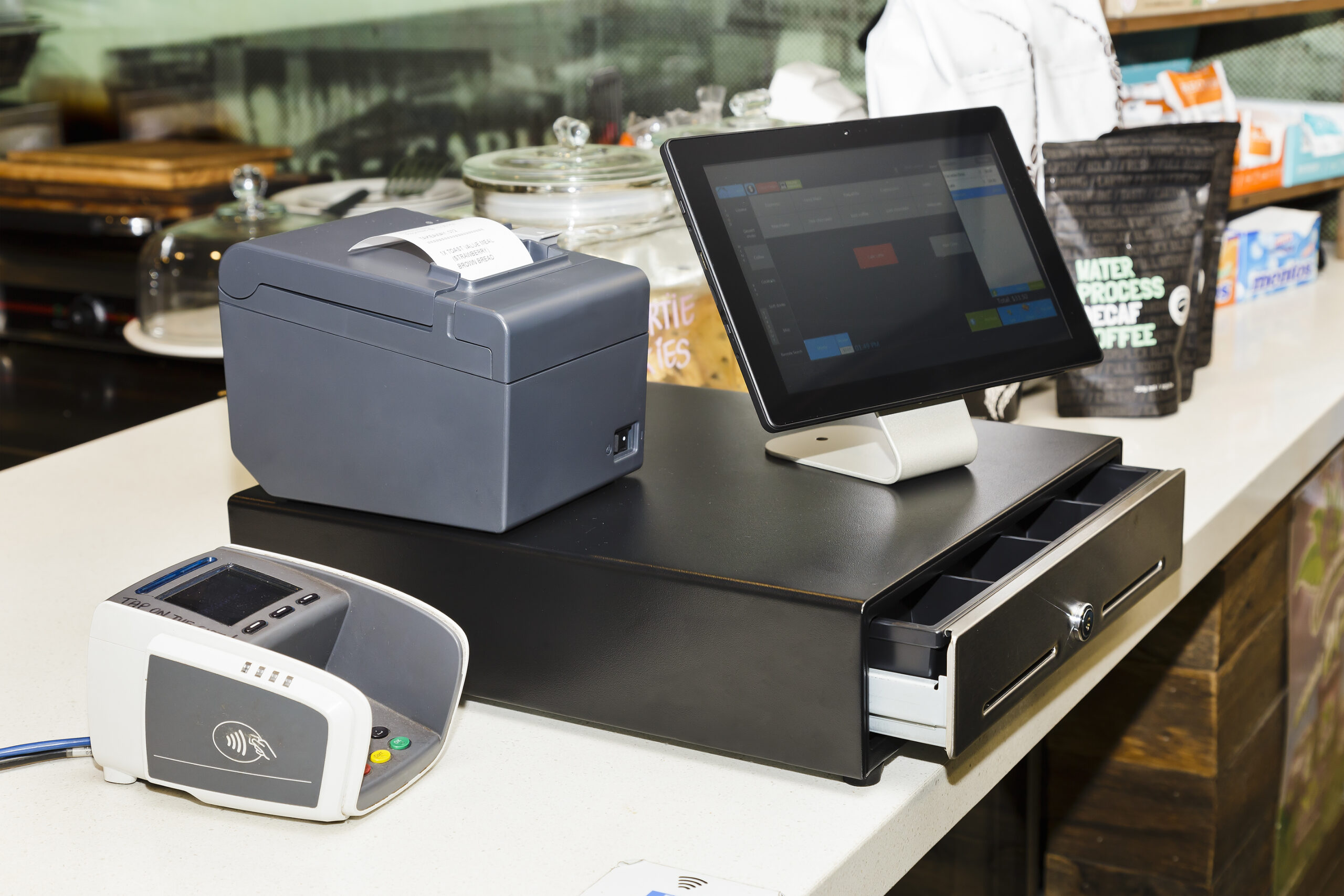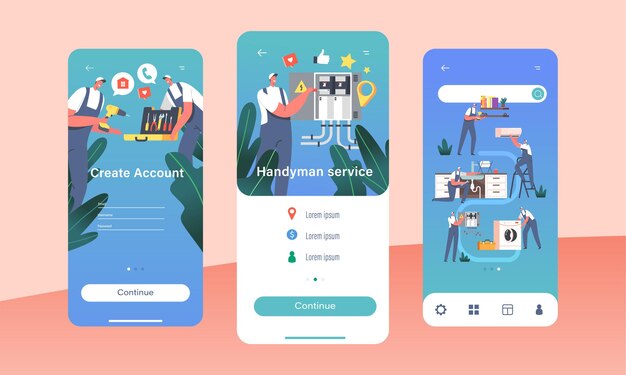Up Your Social Media Game
Social media has changed our world forever. Social sites are one of the most important forms of entertainment in the modern world; in fact, people spend more time on social media than they do watching traditional media like TV. This makes it one of the most important streams of new clients and revenue you can find – so long as you know how to use it. There are three broad axes (the plural of axis, not axe) to consider when looking at your social media strategy: infrastructure, content and analytics. By creating a cohesive social media strategy that considers all three, you’ll be able to create a long-lasting, influential online presence.
Infrastructure
Infrastructure is all about the mechanisms of posting; what you’re posting when you’re posting it, and who you’re posting to. One of the easiest (and most important) steps to getting noticed is to post across several different platforms: Instagram, Facebook, LinkedIn, Snapchat, Twitter, Pinterest and even Reddit can be great places to post and get noticed. Cross-posting the same content on several of these platforms can be good if the cross-posting is appropriate; keep in mind that you may want to use different content on Reddit than you do on LinkedIn.
Let people know that you are active on social media; put buttons on your main website linking to all of your social media, and let people on one platform know that you’re active on other platforms. People scroll through different social media at different times of day (more on that in Analytics), so having the same person follow across multiple platforms increases your chances of them responding positively to something you post.
Put hashtags in your content; these are useful because they’re easily searched for by users and easily tracked by analytic software. Take the time to catalogue and categorize the posts that you’re making. Create a social media calendar that gives you a heads up about any special events or sales your company has coming up, and cues up content well in advance so it can be posted before, during and after the event.
For infrastructure (and Analytics), IFTTT (If This Then That) can do wonders. It’s a free web service where users can create conditionals, which are “if this then that” statements. You can, for example, get an applet (what the conditionals are called) that says “If I post an image to Instagram, then post it to Twitter”; that can help you reduce the amount of reposting required.
Content
Social media and advertising are strange bedfellows. There’s a lot of folks who have a very sales-oriented perspective – the idea that if you’re not asking for the sale, you’re not getting it. Social media works in a very different way; you can ask for the sale by creating Facebook Ads or Twitter Ads, but your social media page should not be about selling the customer. Sure, you can post exciting promotional events on your social media, but by and large, you should be creating engaging content that’s relevant to your business. Let’s say you own a soda company; instead of posting about how great your soda is, create a poll that asks your customer how they prefer drinking soda: can, bottle or from a glass? Polls, quizzes and other content that requires user input can be great for engagement. You can also post videos of your soda making process or a quick Boomerang of two employees clinking glasses – you’re not selling anything, but you are creating engaging content that might make people want to drink a soda – if it’s yours, all the better!
The best way to create relevant content is to have a strategy in place. When forming this strategy, you should consider who your

customers are, what their interests are, what content you have available and what content you could create; consider as well the amount of effort it would take to create the content and how much engagement you think it would generate. There are a few ways of doing this, some of which we’ll discuss in Analytics. Consider what terms your clients would Google and what topics are trending, and incorporate those into your content creation.
Having influencers promote your products is another great way of generating buzz on social media. You might have a gala or event with famous speakers hired through a speaker’s agency; these celebrities are often more than happy to promote the events they attend on social media, adding clout and a deluge of potential clients to your social media presence.
Customer complaints are a form of content, and with the right attitude, they’re one you should be okay with getting. When customer complaints are resolved quickly on social media, the customer might take the opportunity to praise your effective problem solving on the same platforms they complained with; make sure you have a Customer Care team monitoring for complaints and resolving them promptly.
Analytics
Analytics is the key to locking down social media success. There is broad analytics that can give you general advice about social media posting. Generally, the best time to post on Facebook is around 2 to 4 PM; people are at work, but they’re burnt out from the first half the day, so they browse. Instagram, conversely, is best posted on at lunch or after work, because people are off their work computers and on their phones. These general analytics aren’t really the meat of the thing, though; it’s possible that your brand gets better responses at other times of the day.
The social media giants all provide analytical tools so you can monitor the success of your pages; take advantage of these tools. See what times of day your posts are getting the most responses across platforms, what keywords are finding success, what hashtags are trending – record this data. Over time, you’ll build up a wealth of information you can use to revamp your overall social media strategy. User engagement will change over time, of course, so be sure to monitor and interpret regularly.
There are tools available outside of the scope of the platforms themselves; these can be useful because they allow you to monitor several platforms simultaneously. Many, like Mention and Keyhole, are paid services with powerful monitoring and analytic tools. IFTTT comes in handy again here as a free service with multiple uses; automatically track hashtags mentions in a Google spreadsheet, track brand names on Reddit and more! Using free services, you can create a cohesive strategy that blends content, infrastructure and analytics together into a cohesive whole; as you scale, you can consider more paid services.












You can definitely see your skills in the work you write. The world hopes for more passionate writers like you who are not afraid to say how they believe. Always go after your heart.
As a Newbie, I am permanently searching online for articles that can aid me. Thank you